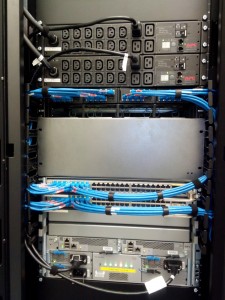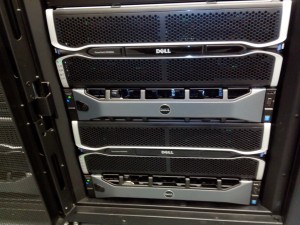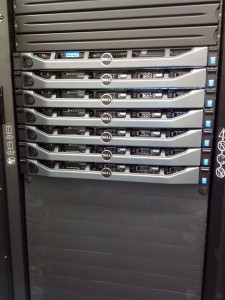Since 2010 when we started moving our student email system to (then) Live@edu, I think we’ve learned quite a bit… I thought I’d share some of our experiences and (of course!) my own opinions, this being Part I….
The pace at which cloud providers (read: Microsoft & Google) are making changes and improvements to the functionality provided, is simply staggering compared to what an internal IT dept of a university could do. That does of course present us with a number of challenges, and I mention a couple of examples:
- Integration with our on-premise systems: Cloud providers often integrate new products into the core suite (example: Yammer with Sharepoint Online), which opens up some real interesting conundrums. If we activate SSO (Single sign on) to a cloud application, some users might have subscribed to the product using their institutional email address, but with a different password. This happened with Google Docs when we on-boarded our @uct.ac.za domain into Google Apps for Education.
- End-user support: It is very likely that a user will be using a specific function, maybe via a mobile app, way before any IT person is doing so. In the BYOD (bring your own device) world, users have access to Android & Apple apps, with associated access to back-end functionality not exposed by our on-premise systems. They expect us to support the application irrespective of origin, version or release date.
- Training & documentation: The traditional model calls for us to have our training and documentation up-to-date and ready before a product or service is launched. This is becoming increasingly difficult, and we now end up linking to the vendor’s information directly. Of course this also means freeing up some time of technical writers 😉
So off we ride (fly?) into the cloud(s)…




